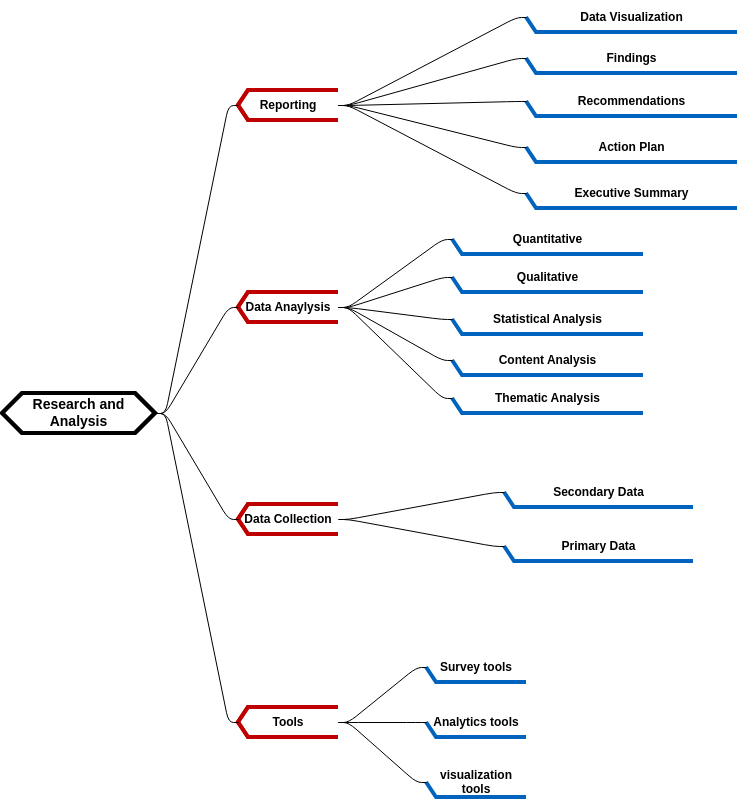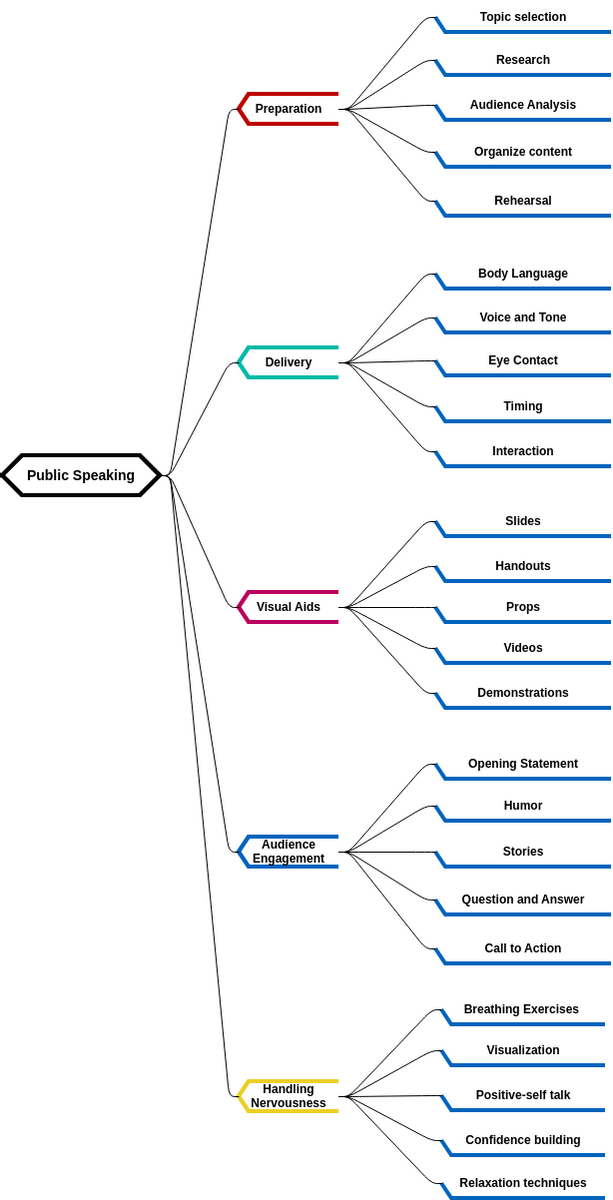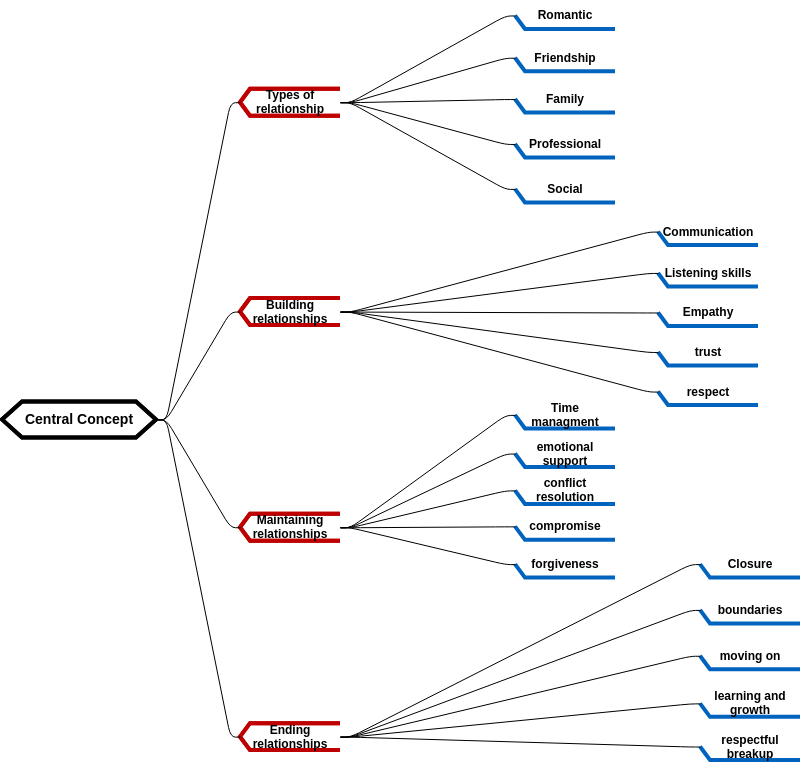The Health and Wellness Mind Map provides a comprehensive overview of the critical steps to achieving optimal health and wellbeing. The Mind Map lists 15 components, including nutrition, physical activity, mental health, sleep hygiene, self-care, disease prevention, screening tests, environmental factors, holistic approaches, traditional medicine, energy healing, supplementation, strength training, endurance, and a balanced diet.
The first component, Nutrition, involves consuming a well-balanced diet that includes all the essential nutrients, vitamins, and minerals required for optimal health. A Balanced Diet is also critical, ensuring that the body receives the necessary nutrients and energy to function correctly.
The second component, Physical Activity, involves engaging in regular physical activity to maintain good health and reduce the risk of chronic illness. Strength Training and Endurance are also critical components of physical activity, helping to improve muscle strength and cardiovascular health.
The third component, Mental Health, involves taking care of one's mental health and wellbeing. This may include practicing relaxation techniques, seeking professional help when needed, and engaging in activities that promote mental wellness.
The fourth component, Disease Prevention, involves taking steps to reduce the risk of chronic illness through lifestyle changes and regular screening tests. Environmental factors also play a significant role in disease prevention, and holistic approaches such as traditional medicine and energy healing may be helpful in maintaining optimal health.
Benefits of creating this diagram
Creating a Mind Map for Health and Wellness offers several benefits. Firstly, it provides a clear and comprehensive overview of the critical components involved in achieving optimal health and wellbeing. The Mind Map helps individuals to identify and prioritize critical components such as nutrition, physical activity, mental health, disease prevention, and holistic approaches. This understanding ensures that individuals can make informed decisions about their health and wellbeing and take the necessary steps to maintain optimal health.
Secondly, the Mind Map can be used as a communication tool between individuals and healthcare professionals. The Mind Map provides a common vocabulary for discussing health and wellness and the different components involved. Healthcare professionals can use the Mind Map to educate and guide patients on the critical components of health and wellness, ensuring that patients are well-informed and empowered to take control of their health and wellbeing.
Pros of creating this diagram
Creating a diagram, such as a Mind Map, offers several benefits. Firstly, it helps to organize complex information in a clear, concise, and easily understandable format. This is particularly useful when dealing with complex topics, such as health and wellness, where there are multiple components involved. A Mind Map breaks down the components into manageable chunks, making it easier to understand the relationships between them and the overall picture. This helps individuals to identify patterns, connections, and interdependencies between different components, which can inform decision-making and lead to more effective strategies.
Secondly, a Mind Map can be used as a visual aid to enhance communication and collaboration between individuals. It provides a common language and framework for discussing complex topics, making it easier to communicate ideas and collaborate on solutions. This is particularly useful in healthcare settings, where multiple healthcare professionals may be involved in the care of an individual. A Mind Map can be used to ensure that everyone is on the same page, and decisions are made collaboratively with the patient's best interests in mind.















































